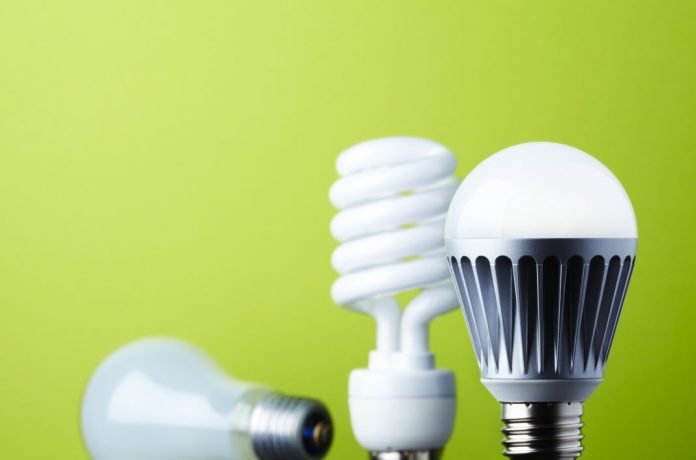The light-emitting diode (LED) is among today’s most energy-efficient and rapidly-developing lighting
technologies. Quality LED light bulbs last longer, are more durable, and offer comparable or better
light quality than other types of lighting.
Below are some interesting facts that you might not know about LEDs.
l The first visible-spectrum LED was invented by Nick Holonyak, Jr., while working for GE in
1962. Since then, the technology has rapidly advanced and costs have dropped
tremendously, making LEDs a viable lighting solution. Between 2011 and 2012, global sales of LED replacement bulbs increased by 22 percent while the cost of a 60-watt equivalent LED
bulb fell by nearly 40 percent.
l LEDs are much cooler than incandescent lights, reducing the risk of combustion or burnt fingers.
l LEDs are made with epoxy lenses, not glass, and are much more resistant to breakage.
l With performance improvements and dropping prices, LED lamps can replace 40, 60, and even 75 Watt incandescent bulbs. It’s important to read the Lighting Facts Label to make
sure the product is the right brightness and color for the intended location. When chosen carefully, LED replacement products can be an excellent option.
l Because LEDs are small and directional, they are ideal for lighting countertops for cooking and reading recipes. The color can appear more cool or blue than is typically desirable in a kitchen, and there can be some excessive shadowing in some fixtures, so it is important to compare products to find the best fixture for your space.
l Residential LEDs, especially ENERGY STAR rated products use at least 75% less energy, and last 25 times longer, than incandescent lighting.
l Unlike incandescent bulbs which release 90 percent of their energy as heat, LEDs use energy
far more efficiently with little wasted heat.
l LEDs contain no mercury, and a recent Energy Department study determined that LEDs have a much smaller environmental impact than incandescent bulbs. They also have an edge over compact fluorescent lights (CFLs) that’s expected to grow over the next few years as LED technology continues its steady improvement.
For more, visit http://www.actnowbh.org/ or follow us on Facebook and instagram @Actnowbahrain


